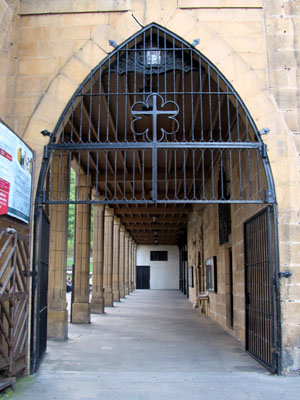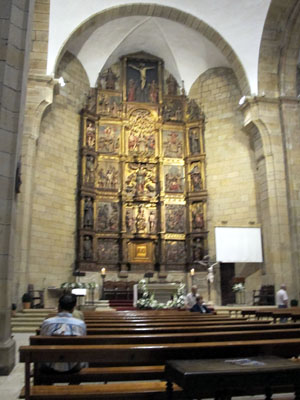Charles Colson died recently. I deeply hated the Nixon administration, and Colson was into those crimes hip deep. You know the story--he was a big deal brought low and sent to prison. In prison, Colson converted. Prison let God finally catch up to him, and He confronted Colson with the Truth. Colson was released from prison and founded Prison Ministries.
Michael Gerson, a conservative, Catholic, Washington Post columnist who knew Colson, writes so well about the sharp and cutting edge to the morality of Prison Ministries, and by extension, all sorts of Christian ministry.
Gerson says:
"It also plays a morally clarifying role. It is easier to serve the
sympathetic. Prisoners call the bluff of our belief in human dignity. If
everyone matters and counts, then criminals do as well. Chuck led a
movement of volunteers attempting to love some of their least lovable
neighbors. This inversion of social priorities — putting the last first —
is the best evidence of a faith that is more than crutch, opiate or
self-help program. It is the hallmark of authentic religion — and it is
the vast, humane contribution of Chuck Colson."
Who am I serving? Is my religion authentic? I've tended to serve the "sympathetic"--folks at my church, kids, . . .you know, the grateful and 'deserving'. So much of Christianity in America today is about success, fulfillment, personal growth and spirituality. Christ, a tortured Jew hanging on an empire's cross, the central symbol of our faith has nothing to do with success, fulfillment, or personal growth. John, in his Gospel, says again and again, that the clearest possible picture you can ever have of what God looks like, His glory in its fullness, is that moment--a tortured Jew hanging on an empire's cross. You want to see God, look at the outstretched arms of Jesus on that Friday afternoon--what did it take to keep his arms so wide open, waiting to embrace us?
So who do I serve? Who do I follow? Service, the kind Jesus calls me to, calls my "bluff". Over the course of my pilgrimage I hope to see more clearly exactly who I am to serve. I've been given gifts all my life, gifts of talents, family, resources. Now is the time to ask, before its too late to ask, what have they been for? After all, as the song goes, "You're gonna have to serve somebody . . ."







